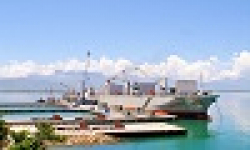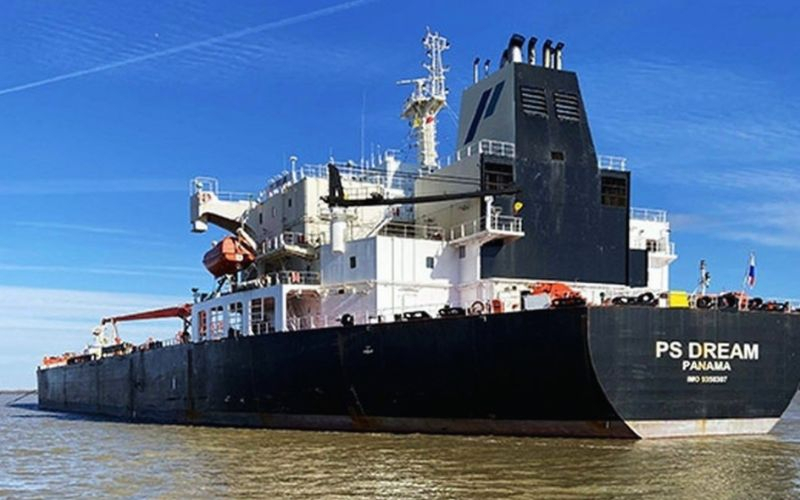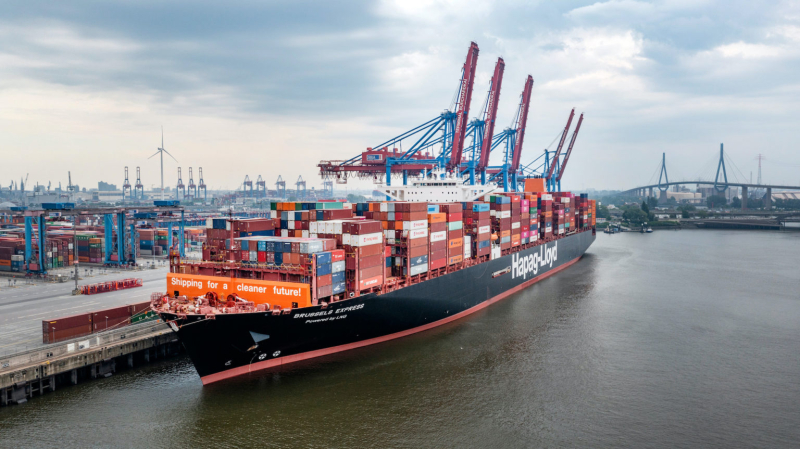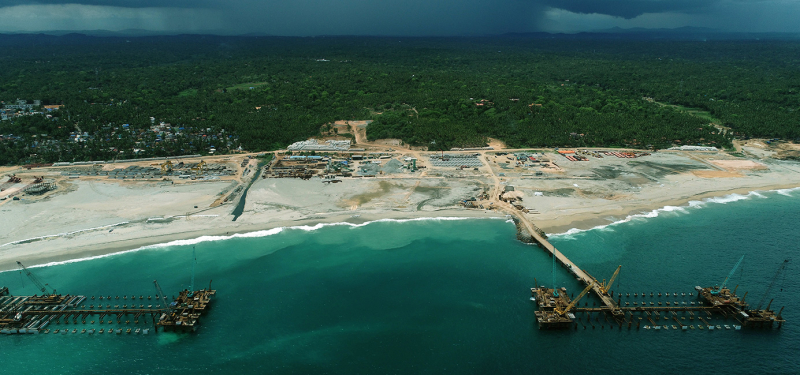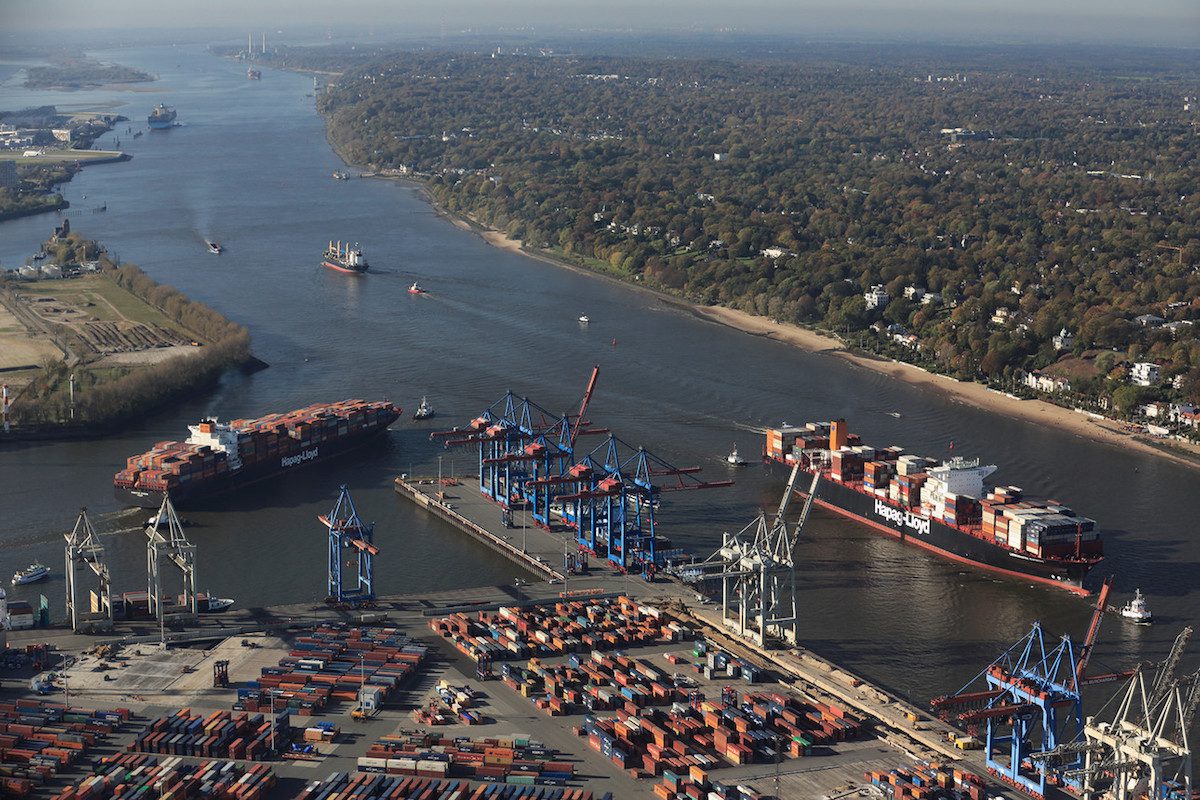
Port of Hamburg. Photo: HHM / Michael Lindner
It seems the recent container freight spot rate rally on the Asia-North Europe trade might have come to an end, at least temporarily.
The Shanghai-Rotterdam leg of Drewry’s World Container Index recorded a 2% week-on-week drop, to end at $3,384 per 40ft, ending six consecutive weeks of price rises on the route.
There was, however, some disparity between the different indices: the SCFI was essentially flat, at $3,996 per 40ft, as was Xeneta’s XSI, which recorded a rate of $3,393 per 40ft; while Freightos’ FBX east Asia-North Europe leg was something of an outlier, recording a 14% week-on-week gain, to $3,522 per 40ft.
Pricing this week was described by one forwarder working in the trade as flat, adding: “I would say rates from Asia to North Europe were flat from our main carriers, although we did see some carriers, which are normally at the higher end of the market for us, drop a bit to close the gap.”
He added that it had been relatively easy to secure space, despite the build-up to the Asia-North Europe peak season.
“With the exception of Xiamen, where it seems to be difficult to get space, everything else is going through OK – a couple of rolled containers, but that’s to be expected at this time of year.”
Meanwhile, Xeneta chief analyst Peter Sand warned that North European importers should expect to see spot rates rise again over the next few weeks.
“Severe congestion is spreading across North Europe ports – and the bad news is it’s here for the remainder of 2025, causing operational disruption and pushing freight rates up.
“Average spot rates from Far East to North Europe were up 18% on 4 July, compared with end-June, while carriers have been forced to revise service schedules, whether that is avoiding port calls in congestion hot spots or calling at ports they would not ordinarily do so.
“This causes disruption that becomes exponentially difficult to unwind, and another painful headache for shippers,” he said.
At the same time, Mediterranean shippers have seen around 15% wiped off spot rates in the past fortnight, as this week saw a further 7% week-on-week decline on the WCI’s Shanghai-Genoa leg, to end at $3,491 per 40ft, while anecdotal evidence from forwarders suggested Med rates had already dipped below those to North Europe.
“On the Mediterranean lanes we have seen drops, and rates for a 40ft to the main Med ports are now lower than those for North Europe, which is the first time I have seen this in a couple of years,” one said.
Meanwhile, rates into North America ex-Asia continued to drop, although the rate of decline was much gentler than the precipitous falls seen in the previous three weeks.
The WCI’s Shanghai-Los Angeles leg lost 8% week on week, to end at $2,931 per 40ft, while its Shanghai-New York component was down 5%, to $4,839 per 40ft, although Mr Sand predicted spot rates to the US east coast were likely to start falling more steeply than its west coast counterpart – a trend he said that was entirely due to tariff uncertainty.
“Geopolitics has upset the natural order of ocean container shipping on the transpacific trades in Q2 and shippers are still struggling to make sense of the situation.
“Shippers need to act decisively to protect supply chains, but this becomes more difficult when they see abnormal trends such as Far East front-haul freight rates collapsing into the US west coast, while holding stronger into the US east coast.
“Average spot rates into the US west coast have fallen 51% in just over a month. Carriers will be desperate to arrest this decline, so the flood of capacity we have seen on this trade since the temporary lowering of tariffs will stop.
“That means average spot rates into the US east coast will decline at a faster rate, and likely fall to within $1,000 of rates into the US west coast by the end of July – a much more familiar scenario for shippers,” he said.
Lastly, the transatlantic trade saw last week’s spot rate gain complexly reversed in the space of just even day, with the WCI’s Rotterdam-New York leg declining 6% week on week, to finish at $1,990 per 40ft, exactly the same as was a fortnight ago.



